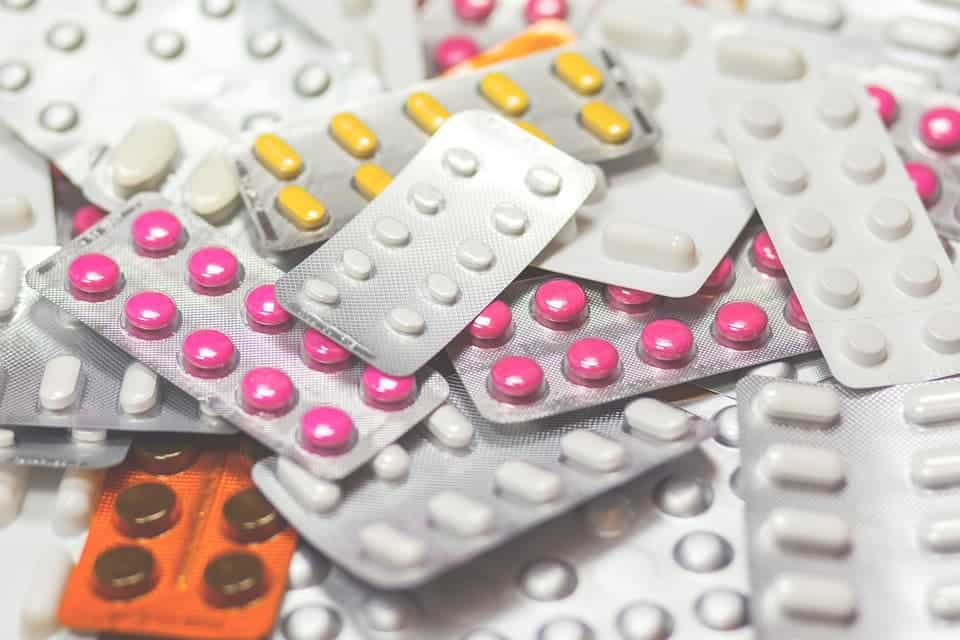Animal testing is considered unnecessarily cruel by many, especially since new methods are being developed to take its place. The most promising are organ-chips that contain human cells and imitate the complexity of particular organs. Now they are on their way to being commonly used. The U.S. Food and Drug Administration Office has just entered into an agreement last Tuesday with the company Emulate that creates “organs-on-chips” to develop and test the technology.
A chip off the old block
Using these organ-chips could eliminate the need to test drugs or cosmetics on animals. These chips are much more accurate than animal testing, which is good for animals and for us. The chip is the size of an AA battery. It is transparent and made out of flexible polymers. The chip contains little channels filled with tens of thousands of human cells and fluid that imitate human functions and reproduce blood and air flow similarly to in the body. Therefore, chips can recreate breathing motions and muscle contractions.
The company Emulate has already created working lung, liver, kidney, brain, and intestine chips. What sets the chips apart from cell cultures is that the chips copy how the human body works and give the cells a more realistic setting. They have a context such as a substrate, forces, immune cells, blood, and other surroundings that make them an accurate model for humans.
Drug safety
It is important to make sure that a drug is safe enough before it is tested on humans. Until now, animal testing has mostly been used to assure this safety. The process as it works now is that scientists run the tests on animals and bring their data to the FDA for approval, once the FDA grants permission, then the drug can be tested in humans. These organ-chips could change this process, with drugs tested on the chips instead of on animals. After testing the drug on an organ-chip, the researchers could see how an organ would react to certain treatments. For example, they could use a liver-on-a-chip to see how the liver would react to a medication. The result would be more accurate than animal testing because it uses human cells.
“We are excited to begin this relationship with FDA as a potential first step toward accelerating the adoption of our Human Emulation System for broad application as a new testing platform for a wide range of products that are reviewed and approved by regulatory authorities to protect and improve human health.” – Geraldine A. Hamilton, Ph.D., President and Chief Scientific Officer of Emulate.
The FDA and Emulate will evaluate and develop the organ-chips as an appropriate medium to test food, drugs, and cosmetics. For starters, the company and FDA will focus research on the company’s liver-chips. The liver breaks down most drugs so how the liver reacts is critical. They will use human, dog, and rat liver on chips to study differences in toxicology responses between the different animals.
The Emulate organ-chips imitate actual organs; they can predict human responses to food, cosmetics, and dietary supplements more precisely than any other method, such as cell cultures or animal testing. Hopefully, this system will be successfully implemented in the USA. It could decrease the number of animals that are used in testing and increase the efficiency of important drug-testing.











